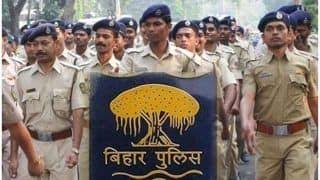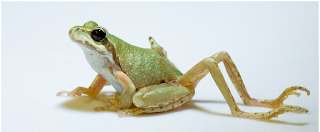Know about your Country and constitution

National Flag – Tiranga It was adopted on July 22, 1947 during a meeting of the Constituent Assembly.It is also known as the tricolour. The flag was designed by Pingali Venkayya. National Anthem – Jana Gana Mana Composed originally in Bengali by Rabindranath Tagore, was adopted in its Hindi version by the Constituent Assembly as the National Anthem of India on 24 January 1950 National Song – Vande Mataram The song was a part of Bankimchandra's most famous novel Anand Math (1882). The first political occasion when it was sung was the 1896 session of the Indian National Congress National currency – Indian rupee National Emblem- Ashok Asthamb of sarnath The words satyameva jayate from Mundaka Upnishad, meaning ‘ Truth Alone Triumphs are inscribed below the abacus in Devanagari script. National Bird - The Indian peacock ( pavo cristatus ) National





